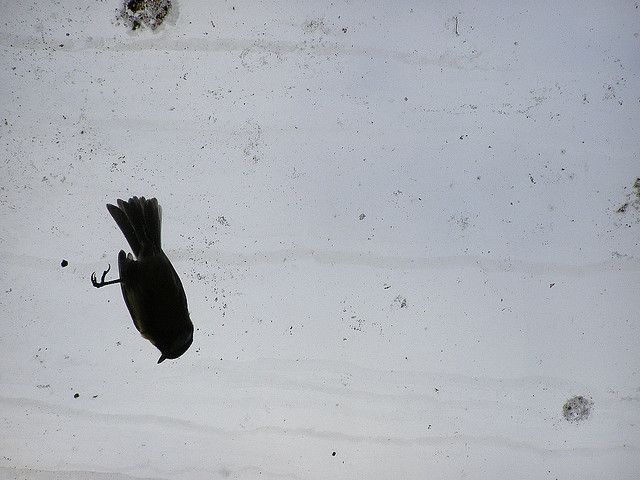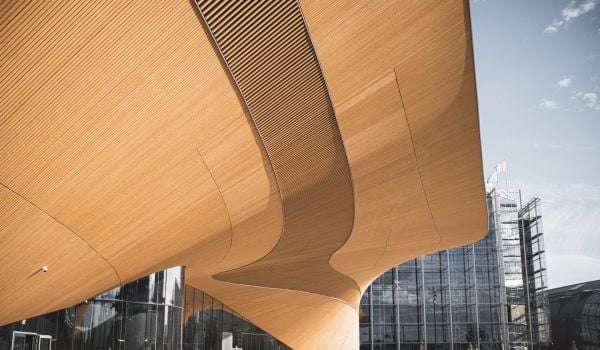Did you know that honeysuckle is an invasive species? I had no idea. I grew up with honeysuckle in a neighbor’s yard and never knew it was an Asian import. But it is.
Honeysuckle is also a favorite food of cardinals in urban areas. But it’s junk food — the avian McDonald’s. It doesn’t give cardinals the kind of fats and nutrients they need to be desirable mates. What it does give them are the deep red feathers that signal which males will make the best daddy material. Before the introduction of honeysuckle, when cardinals won the right turf and fed on the right native plants, they grew healthy and turned deep red. That doesn’t work in a post-honeysuckle world, which tends to screw up the process of natural selection for cardinals living among humans.
It’s just one of the ways in which urbanization can confuse the relationships birds have with one another and other species.
Let’s turn to killing. Amanda Rodewald at the Cornell Lab of Ornithology has captured a lot of killings on video. Killings of birds, that is. In her work around Columbus, Ohio, using 24-hour video surveillance of nests, she added up the plundering by raccoons, cowbirds, crows, squirrels and other sneaky beasts near cities and those in more rural areas. One thing scientists like Rodewald have known for a long time is that in urban areas, the population of predators increases. More raccoons. More squirrels. Even more of the vicious, vicious cowbird.
“One area of research that’s new is testing the assumption predators in urban areas are impacting birds negatively,” Rosewald said in a phone interview. “But what we’re leaning now is that they are relying on all these different food sources, like anthropogenic foods, so humans are changing the relationship with predators and prey.”
Rodewald’s ongoing work has found that in cities, the natural relationship between predators and prey seems to be weakening. It’s not breaking all together, but it’s weakening. In other words, predators aren’t killing as much to eat. Instead they survive in ways easier than hunting, such as by eating our trash, birdseed and from the fruiting trees we like to plant.
So we have more predators, yet no particular change in the survival rates of baby birds in nests (some of them even do better around humans). At least, that’s what’s been observed in Columbus, but Rodewald said that the work of many other researchers corroborates her own.
There’s a growing consciousness among urbanists about the dangers of invasive species, but work like this shows that the most powerful invasive species is, in fact, us. What this means for urban environmentalists isn’t entirely clear. On the one hand, some birds are having an easier go of it when they become our neighbors, but that isn’t always the best news. And this only applies to some species. The flexible species.
Other birds are moving on and not coming back. The evolutionary process of those that remain was once driven in no small part by the threat of predators. But if predators are getting lazier with the spread of human habitat, what will drive those birds’ evolution going forward? Subdivisions?
As the taste for greater population density grows, planners may be able to take some of these pressures off birds by leaving them a bit more room.
“A lot of times there [are] efforts on the fringe of cities to protect habitats,” Rodewald said. “The urban development tends to go right up to the edge of parks. On the outskirts of town, it might make sense to pair farmland preservation with forest preservation.”
Following research like this should eventually provide guidance toward growing the urban core without turning squirrels and crows into garbage pickers, or fooling lady cardinals into shacking up with the deadbeats.
Brady Dale is a writer and comedian based in Brooklyn. His reporting on technology appears regularly on Fortune and Technical.ly Brooklyn.
















